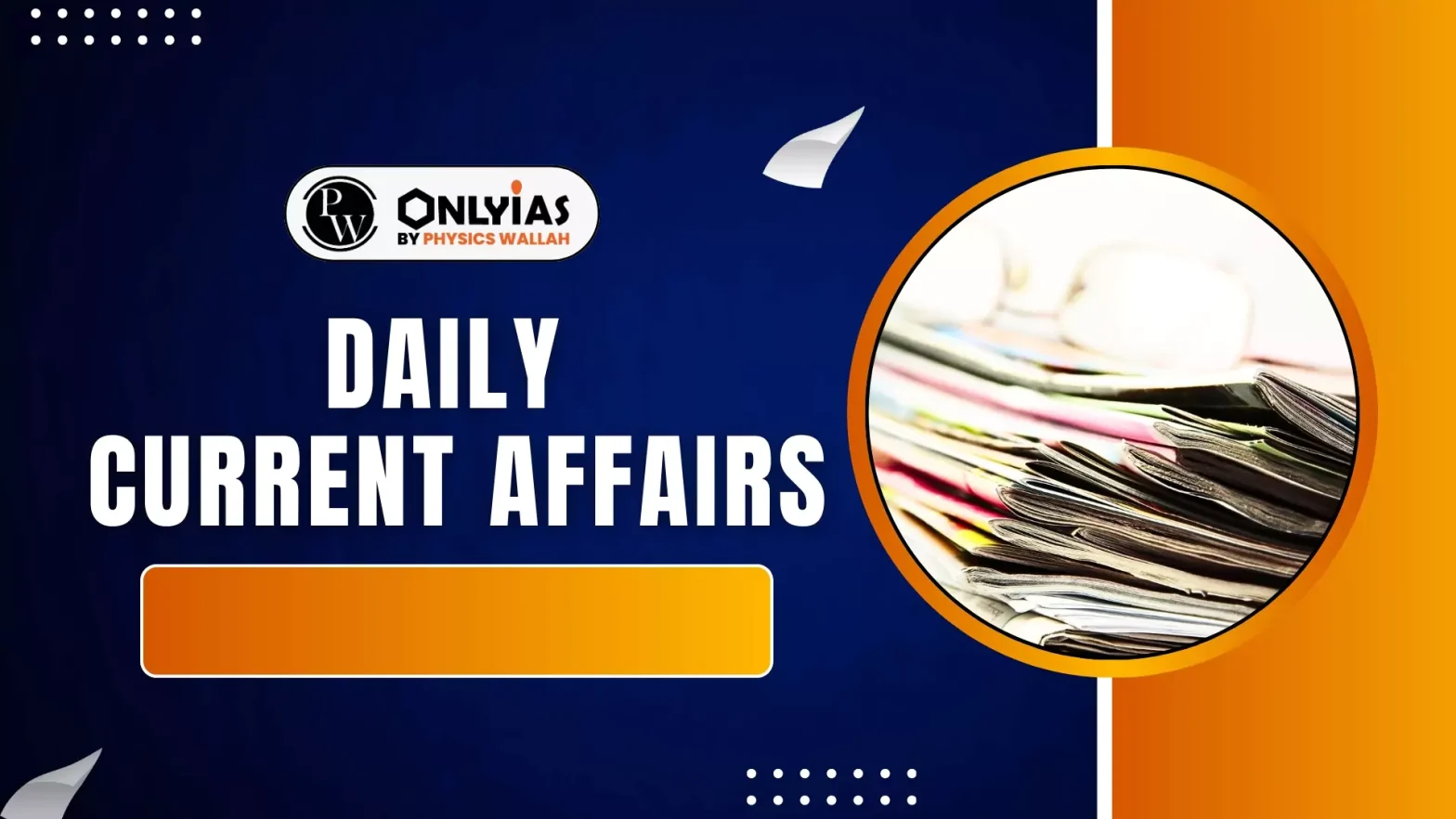![]() 24 May 2025
24 May 2025

The Central government has notified the Payments Regulatory Board Regulations, 2025, replacing the RBI’s Board for Regulation and Supervision of Payment and Settlement Systems (BPSS) with a new entity the Payments Regulatory Board (PRB).
<div class="new-fform">
</div>